Being a former Kindergarten teacher, I get asked quite often how important handwriting is for children. First thing I tell them, is to not stress where they are right now. It will come. Start where they are and help them to get strengthen their fine motor skills that will then correlate to writing skills.
What is Fine Motor Skills?
“ Fine motor skills are activities in which you use the small muscles in your hands and wrists to make precise movements. They’re different from gross motor skills like running and jumping, which use larger muscles.” WebMd definition
What Does it Mean to Scaffold?
It means to set them up for success and then as they accomplish and become confident try a step harder.
To “Support every student by breaking learning up into chunks and providing a concrete structure for each.” You can read more about scaffolding in education here.
When you think about it, God does the same for us. He meets us where we are at and never gives us more than we can handle. Thank you, God for being the ultimate teacher.
Scaffold Fine Motor Skills
Below are 10 ways to scaffold and improve fine motor skills that will produce one’s writing technique.
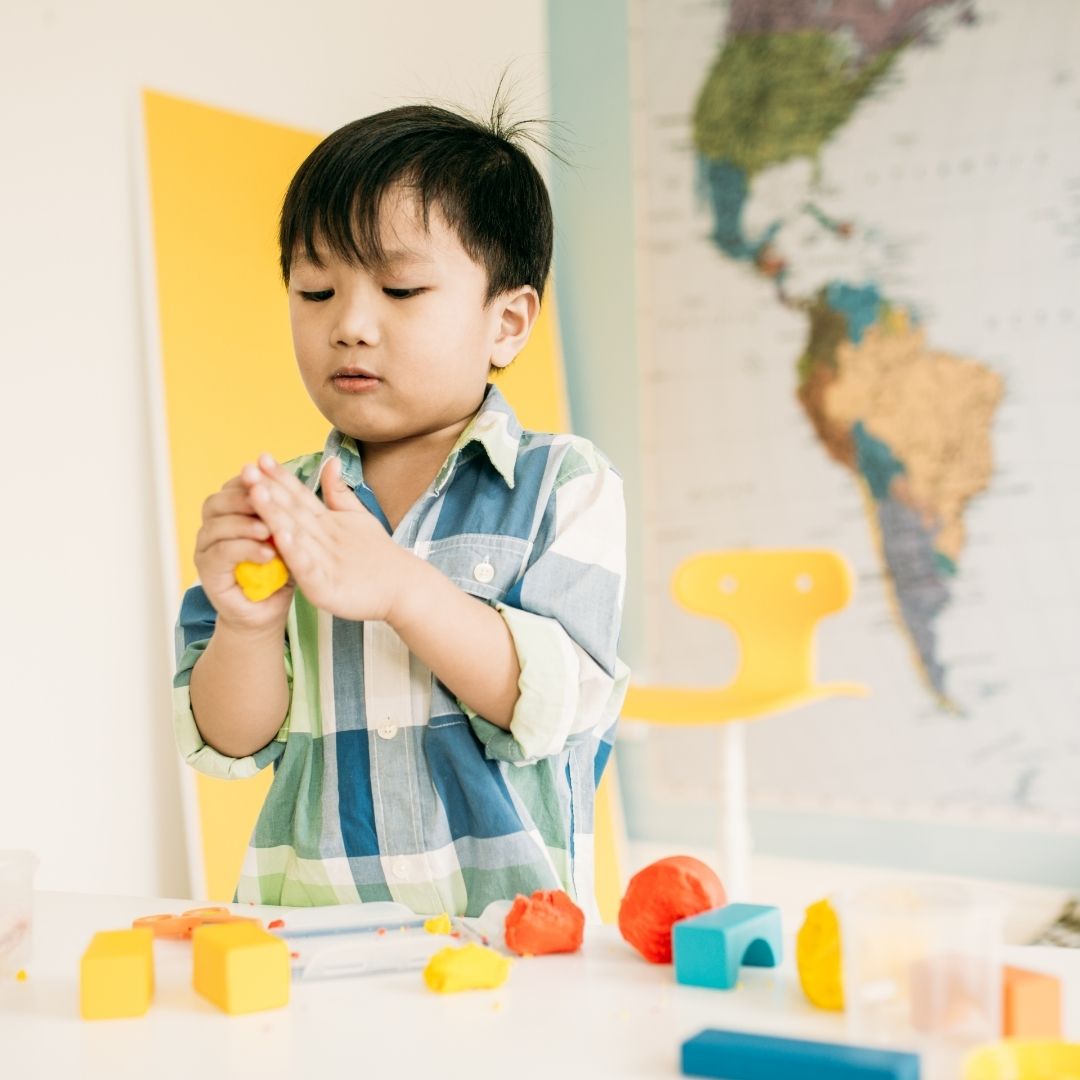
1. Play-doh:
Let them help you make your own, stir the pot, roll it out. Have them use tools (you can use cookie cutters or plastic spoons/knives—we also like this kit).
As they improve their hand strength just playing with play-doh then encourage them to create items: a pinch pot, bowl with little balls for cereal and a spoon, an animal.
You could also encourage them to roll out in to letters, numbers, shapes, or their name.

2. Legos:
Large blocks such as Duplo’s are a great plays to start. At first just allow them to explore two at a time and then work toward building towers. Next build little houses.
As they improve work with smaller items like Lego’s. When children use their fingers to build, stick together and pull a part they strengthen the muscles and gain control.

3. Babies to Barbies:
When changing the babies clothes or diaper they are moving their fingers purposely, practicing control.
As they move past babies and on to barbies or other dolls items tend to get smaller and need more detailed precision like putting tiny shoes on or doing their hair.
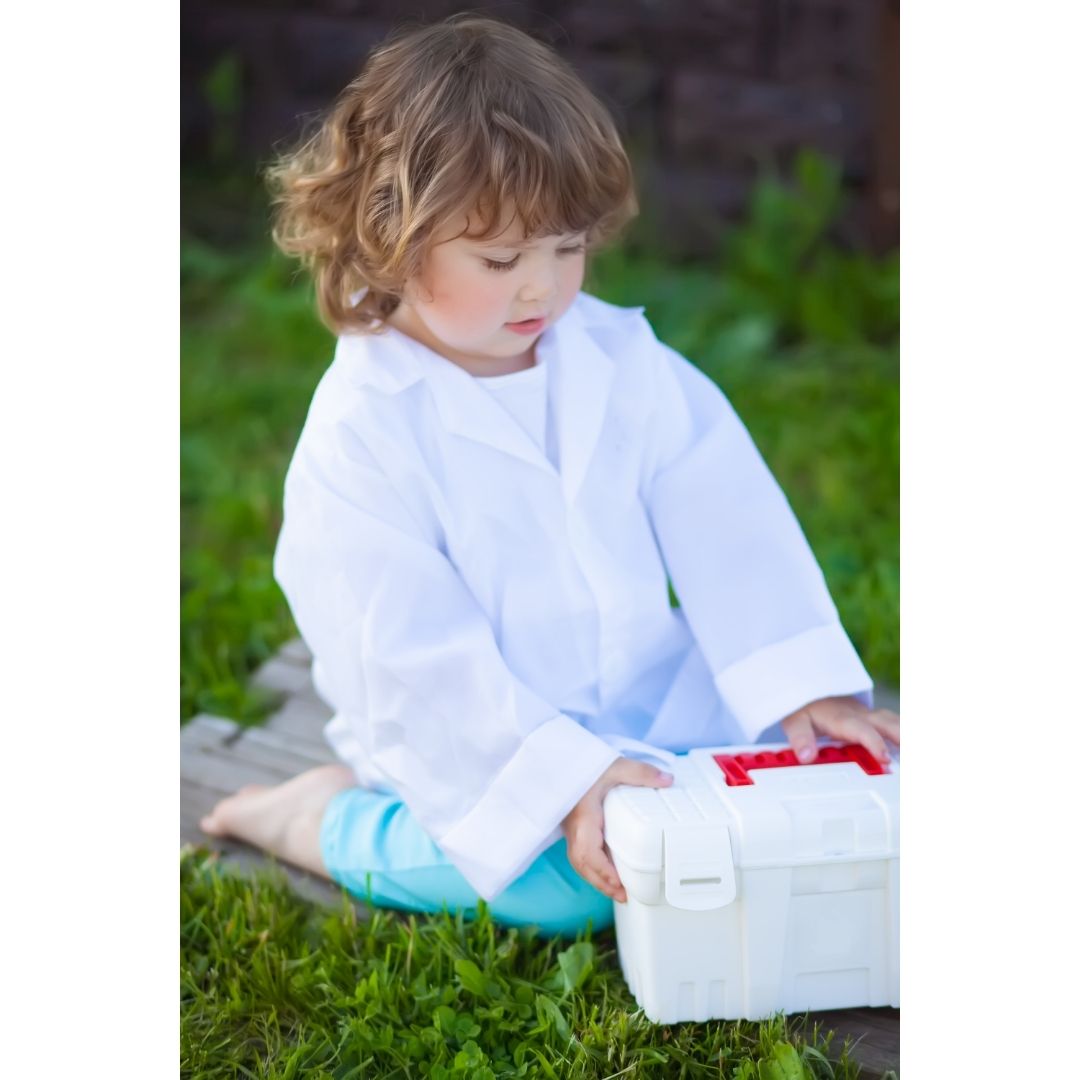
4. Band-Aids:
This is one of my children’s favorite activities. They enjoy playing doctor. My one child doesn’t like to put band-aid’s on boo boo’s, nor do they want you to wear one let alone get a boo boo. So, this activities serves two purposes. Helps to expose her to band-aids and see they’re okay but also gives practice in taking the wrapper off and putting the band-aid on paper or you. These create more purposeful finger movement. Band-aids can be easily found at the Dollar Tree or in the dollar section at certain stores.

5. Stickers:
This can have endless possibilities. So many different creatives ideas you can make with this. To make it easier for them, take off the background sticker to make it easier to peel the picture sticker off. You could also just use circle yard sale pricing stickers to save some money.
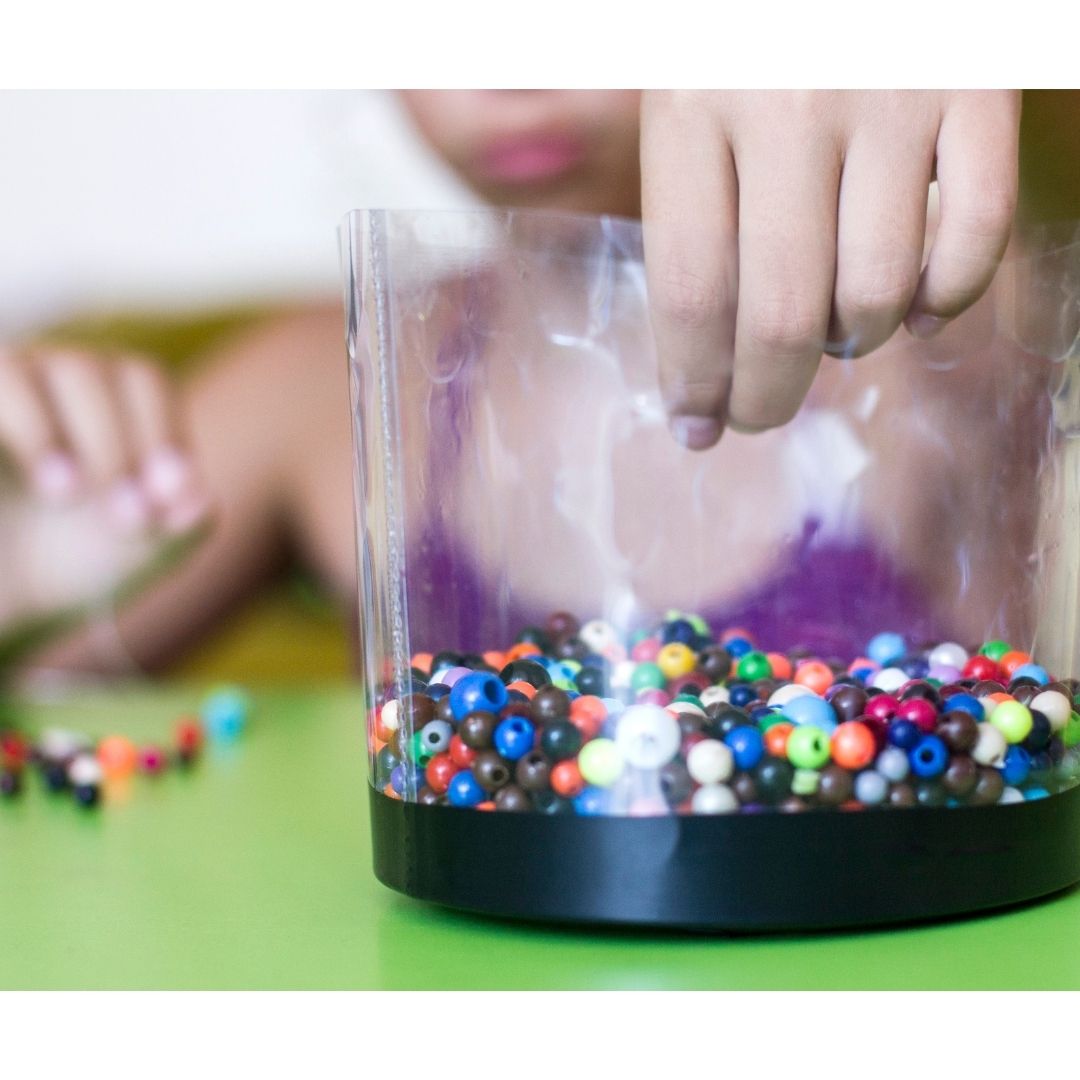
6. Beading:
When they’re little start with larger beads (Melissa and Doug have a wooden set) and as they get older let the beads get smaller. You could also learn how to do different designs.
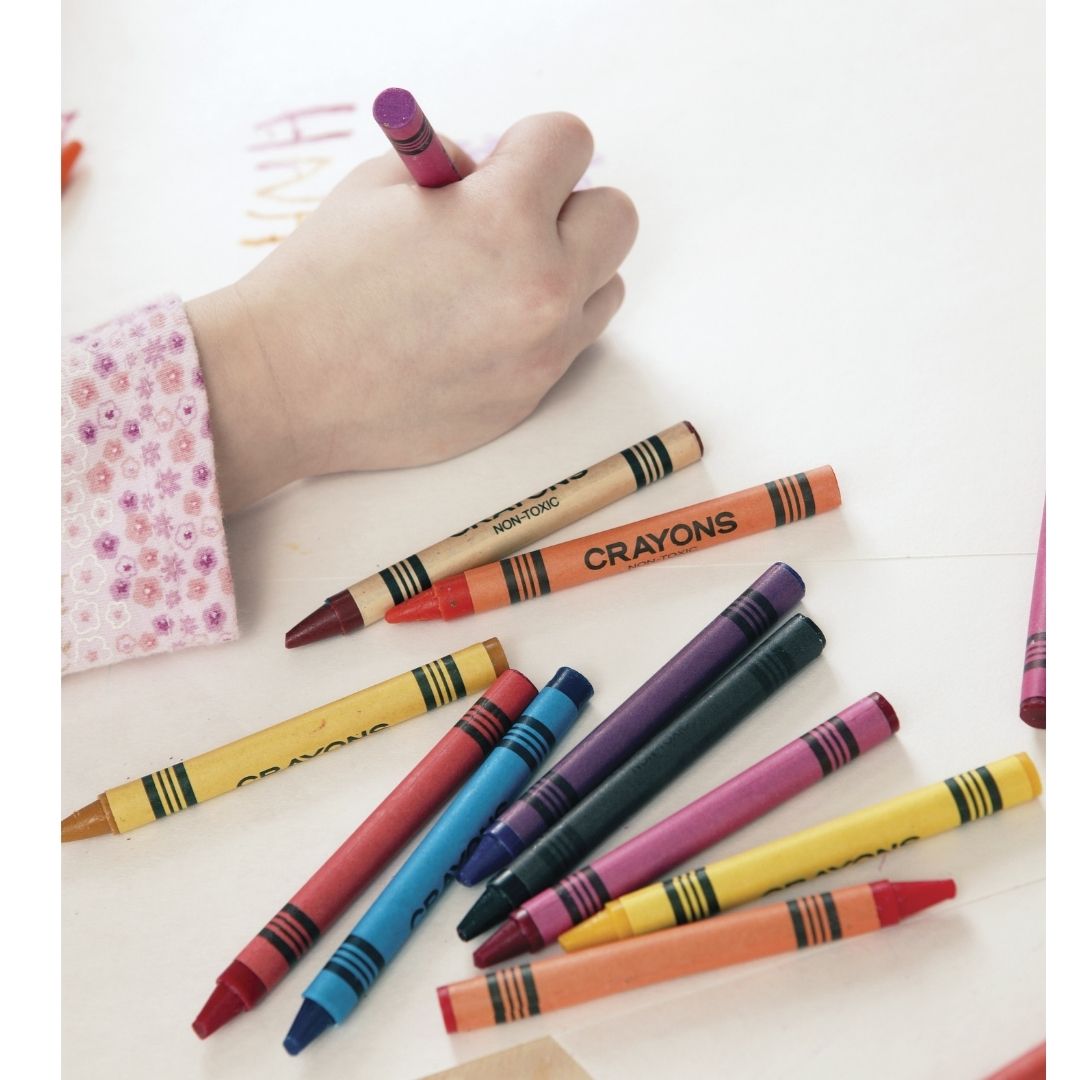
7. Crayons:
Again start large. They have ones that start as an egg for a full hand grip. Then triangle shape crayons to help form pincher grasp on utensils, then large round to small round.

8. Chalk:
Start with large chalk and then to smaller chalk. Have you ever dipped chalk in water to get it wet so it shows up darker on paper? If you don’t have a chalkboard you can use construction paper too.

9. Paint brush:
Have them draw a picture with water and paintbrush on chalkboard. Then draw a picture of squiggle lines, shapes, lines that resemble the same shapes of letters. Then do pictures of flowers, sun, animals, trees, clouds. Then write their name. You could also practice with paint. Start with their fingers to large paint brush to smaller.
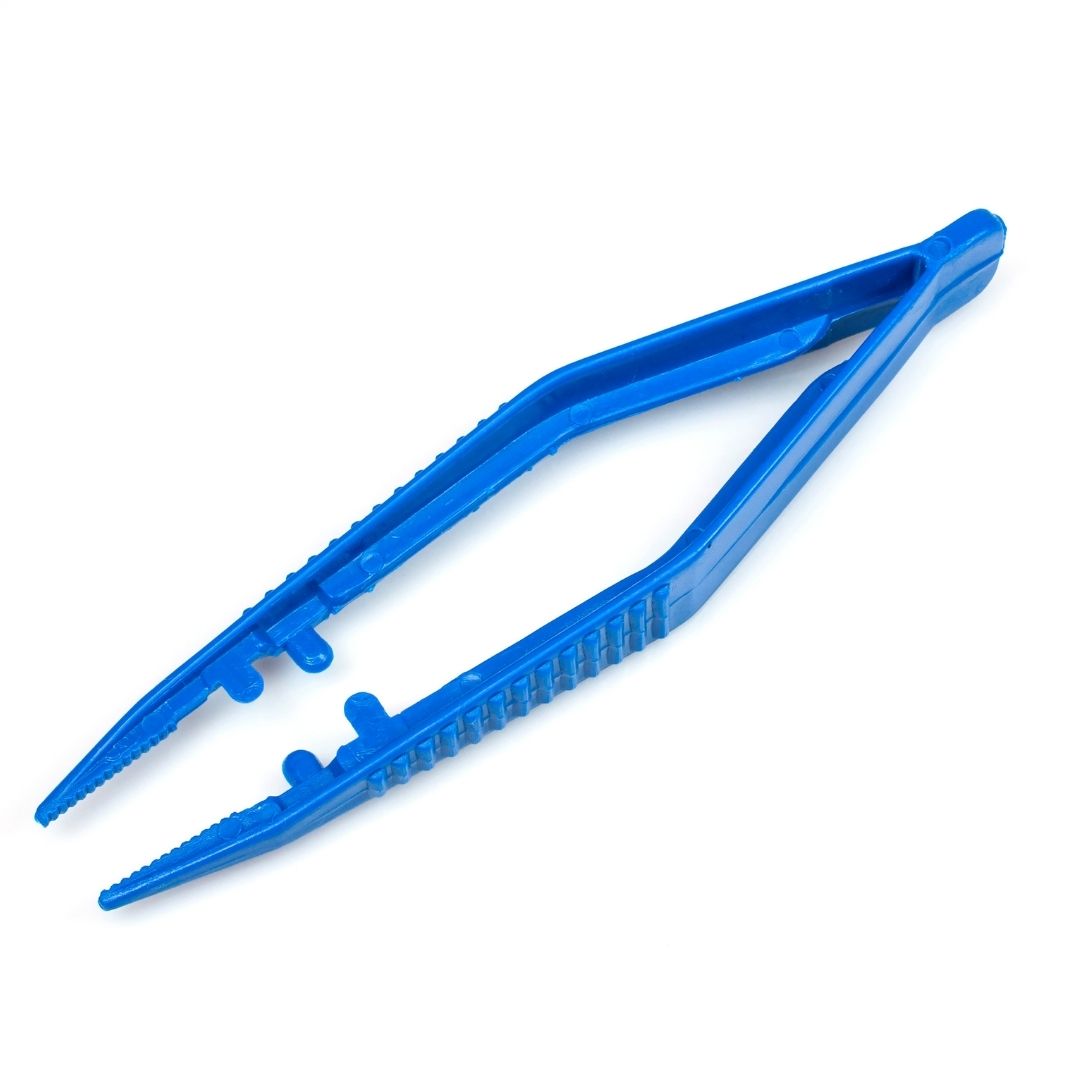
10. Tweezers:
Pinchers or squeeze droppers make for fun water play or sensory bin additions. Use them to pick up pom poms, beans, letters, numbers.
It takes time
If you can incorporate fine motor skills daily and give multiple opportunities for them to practice, writing can eventually improve.
Remember not all children develop at the same rate. A lot of times, boys develop slower than girls because they don’t have as many small toys to play with to strengthen their fingers. Also, not every child is ready by kindergarten to start writing. They just want to continue play. That’s okay to let them still play while learning. Have them shape play-doh in to letters or their name.
Doing these exercise can integrate in to anything you want to teach them about. They aren’t just for fine motor skills but allow learning through combining ingredients, 5 senses, building, designing, letters, numbers, shapes, counting, cause and effect, patterns, .
Free Printable
Play-doh Mats
After laminating, you can use with play-doh by having them either roll snakes or pinch play-doh off to match the shapes of the letters. You can also use dry-erase markers to trace the letters.




Meet Julia!
Julia is a wife to her high-school sweetheart, a mother to two beautiful girls and a follower of Christ. She loves crafting, teaching and is forever grateful for a God who is in control of all unknowns and thankful we can have a peace that surpasses all understanding.

